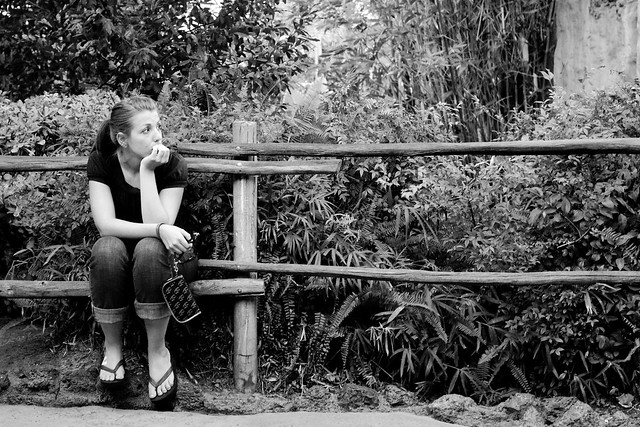 Originally posted by crewl1
Originally posted by crewl1 
negative space in the photos.
One of the reasons is that I started doing more street photography and prefer showing people in context with their environment.

This is a very nice photo!

However, it makes me think about the term.
This space right to the girl seems to be part of the message, as you say, adds context. It also is in the same focal plane and brightness plane, i.e., not blurred or darker or brighter.
I thought negative space is more like an added background which makes a photo "breath", i.e., makes an eye find the main subject.
IMHO, the conflict between "fill the frame" and "wide frame" isn't any. You just don't want distracting elements which defocus an eye from the main subject. E.g., if you can't separate a subject from distracting elements, you fill the frame or even clip into the subject.
However, if you can separate a subject from distracting elements, e.g., by a shallow DoF, brightness difference or simply because the background is "silent" rather than "busy", you'll do and use it as negative space to give the subject room to breath. Often but not always using some kind of rule of thirds.
However, the kind of photo "subject plus a context" to me is more kind of a ying and yang game. You have a peaking subject attracting the eye. But you also have a wide subject appealing to the eye in the same way. You have two subjects forcing to look at different FoVs. This tension can provide for a great photo. The typical example is the big single tree in a wide green grass land. However, I wouldn't then call the grass land "negative" space and the tree "positive" space. Negative space may then be sky behind the horizon if it exists.


 Similar Threads
Similar Threads 












 Post #10 by crewl1
Post #10 by crewl1








